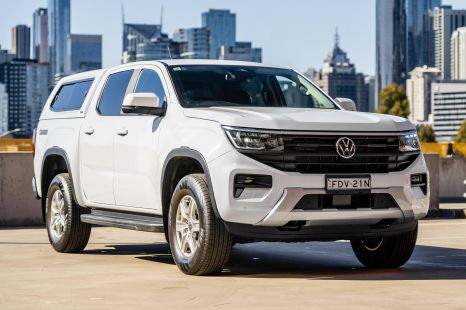

Max Davies
5 Days Ago

Marketplace Editor
The funky little Suzuki Ignis has been refreshed for the 2020 model year, and is now on sale in Australia.
For our market the Ignis will remain a two-model offering, with the ‘Series II’ updates centring around cosmetics, with price rises of between $1000 and $1300 across the range.
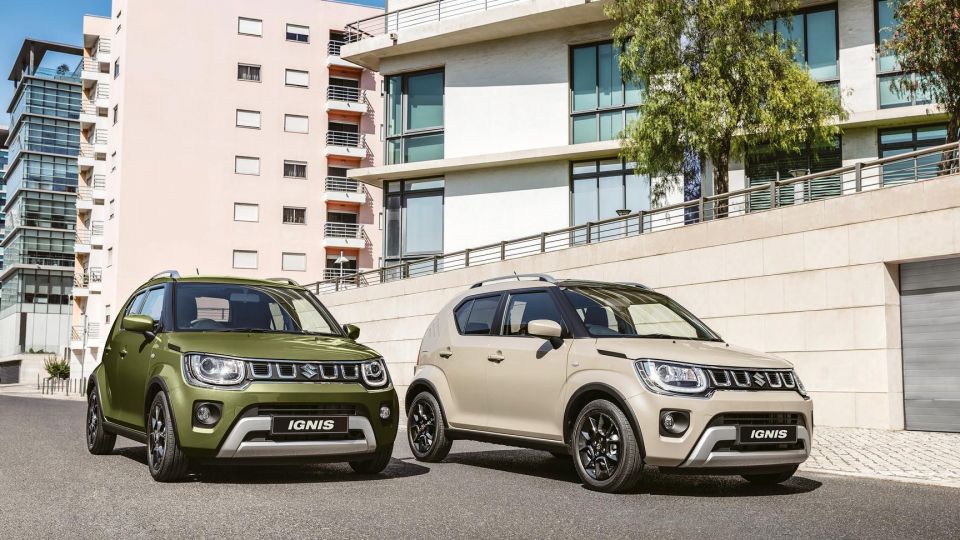
Prices exclude on-road costs unless otherwise specified
All versions of the Ignis in Australia are powered by a 1.2-litre ‘DualJet’ naturally-aspirated four-cylinder petrol engine, paired with either a five-speed manual or continuously variable transmission (CVT).
Outputs are rated at 66kW at 6000rpm and 120Nm at 4400rpm, with drive sent exclusively to the front wheels in local models.
In the Ignis’ home market of Japan, the Ignis Series II is available with a 48V mild-hybrid system bringing enhanced efficiency and small bursts of extra performance, as well as the option of all-wheel drive.
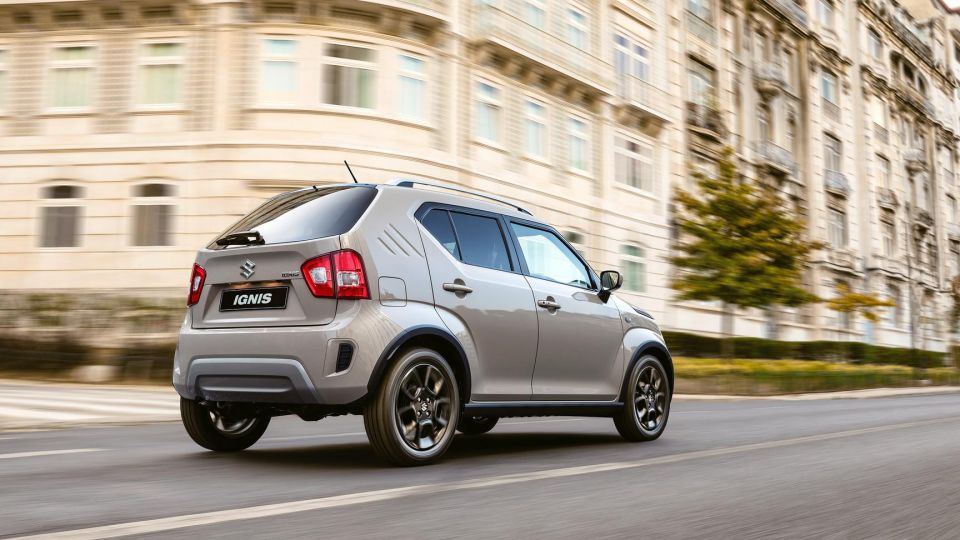
The Suzuki Ignis claims to use 4.7L/100km in manual guise and 4.9L/100km with the CVT.
While not particularly relevant in Australia, the manual emits 107g/km of CO2 while the CVT puts out 114g/km.
The Ignis features a teeny tiny 32L fuel tank.
Overall, the Ignis Series II measures 3700mm long, 1660mm wide and 1595mm tall, with a 2435mm wheelbase.
Suzuki quotes an unladen ground clearance of 180mm, while the boot area measures 264L-271L (GLX-GL) with the rear seats in place and a maximum of 1101-1104L (GL-GLX) with the rear seats folded.
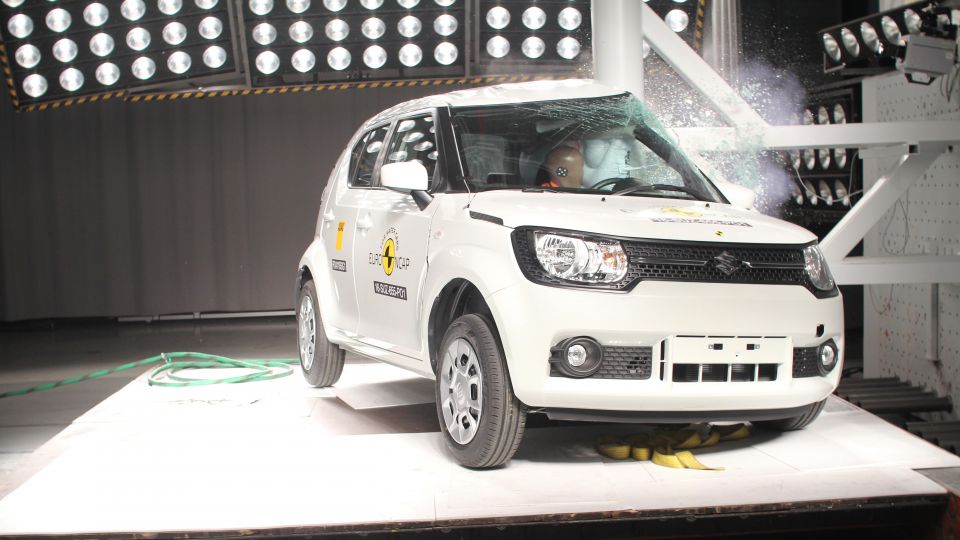
The Ignis currently remains untested by ANCAP, though the European-market model wears a three-star safety rating from 2016.
In Euro NCAP testing, the Ignis scored 79 per cent for adult occupant protection, 79 per cent for child occupant protection, 67 per cent for pedestrian detection and 25 per cent for safety assist.
Key feedback from the crash-testing firm included weak chest protection for the driver in the frontal offset deformable barrier test, as well as marginal chest protection for the driver and rear passenger in the frontal full-width test.
The six-year old dummy also experienced poor chest protection in the frontal impact test, while the Ignis also lost points for not including AEB and lane departure warning as standard.
Standard safety equipment for the Australian model include six airbags, and requisite electronic aids like ESC, ABS, EBD and BA.
Unlike an increasing number of rivals at this price point, the Australian-specification Suzuki Ignis offers no form of active safety features like autonomous emergency braking (AEB) or lane-keep assist.
Tested against tougher 2019 criteria, the local-spec Ignis would likely struggle to manage a two- or three-star rating.
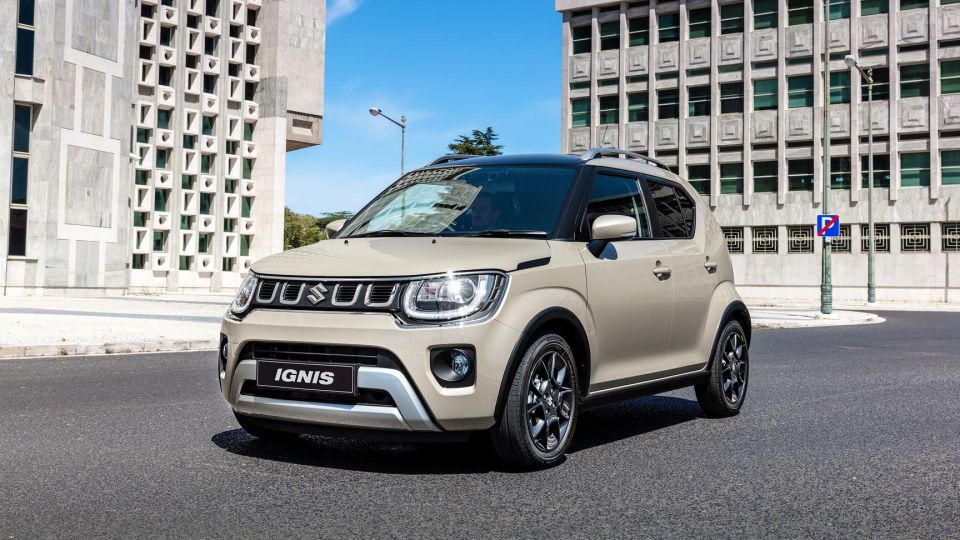
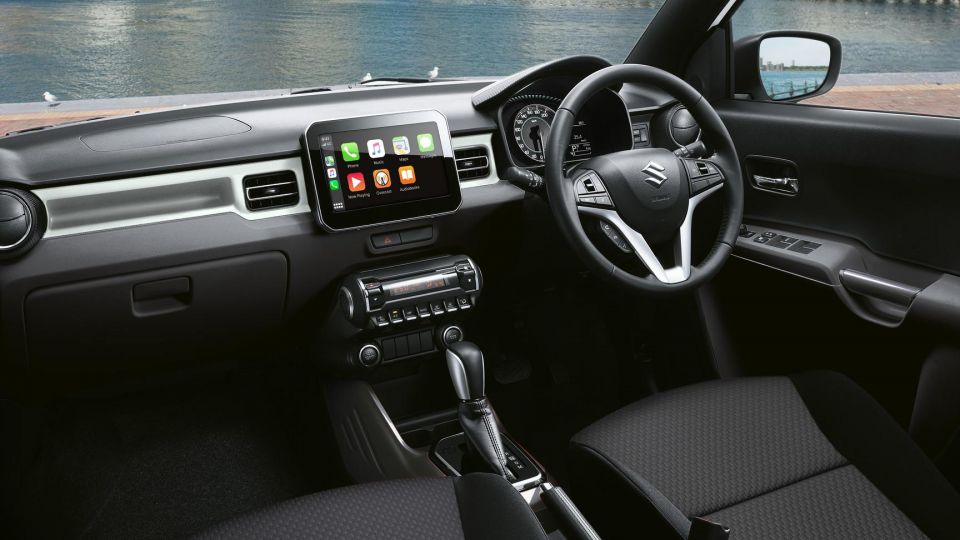
The entry-level Ignis GL grade comes with the following features as standard:
Stepping up to the flagship Ignis GLX adds:
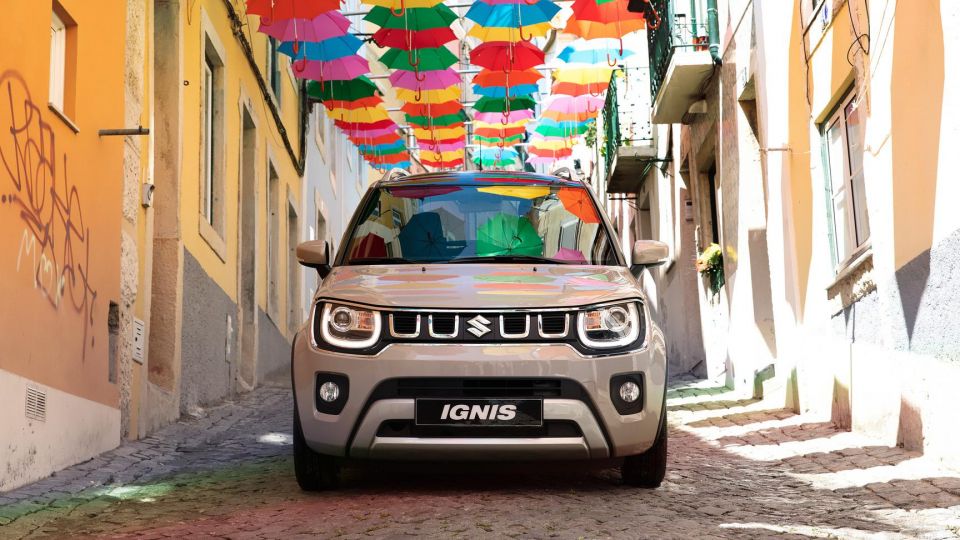
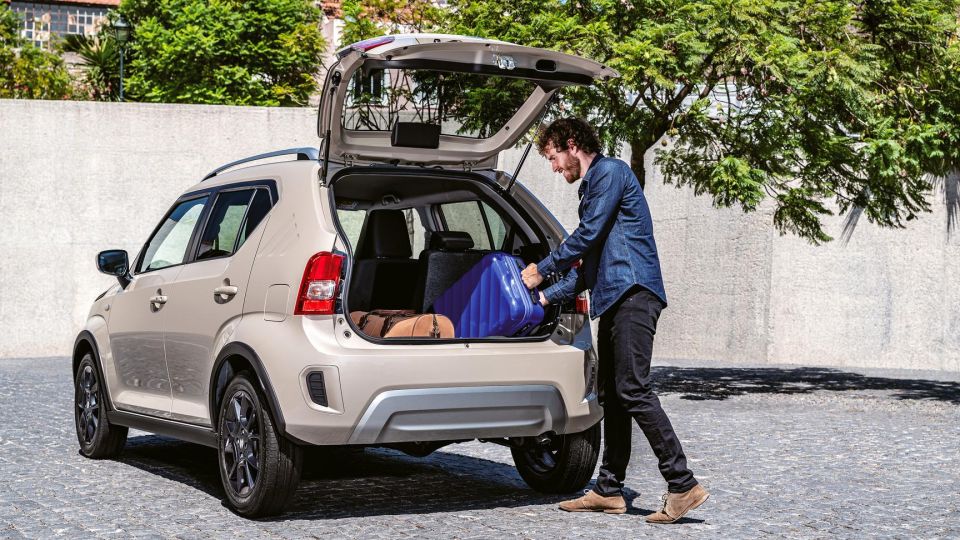
The Ignis is covered by Suzuki Australia’s five year, unlimited kilometre warranty with five years/100,000km of capped-price servicing, whichever comes first.
Scheduled servicing is required every 12 months or 15,000km.
According to Suzuki’s ‘Service Pricing Schedule’ the Ignis will cost $239, $329 and $329 for the first three visits (36 months/45,000km), with the following three services asking for $329, $239 and $499 covering 60 months or 90,000km.
The 2020 Suzuki Ignis Series II is on sale now.
Take advantage of Australia's BIGGEST new car website to find a great deal on a Suzuki Ignis.
James is an automotive journalist based in Melbourne, Australia. Before joining CarExpert.com.au in 2020, James has worked at leading auto media outlets including Carsales and CarAdvice, as well as at Pulse agency for Ford Australia's communications team. In 2019 James made Mumbrella's 'Top 20 most prolific web authors in Australia' list after publishing 1,360 articles between March 1, 2018 and February 28, 2019 for CarAdvice. James is also an Ambassador for Drive Against Depression – an Australian charity whose mission is to support mental wellness through the freedom of driving and a shared love of cars.


Max Davies
5 Days Ago
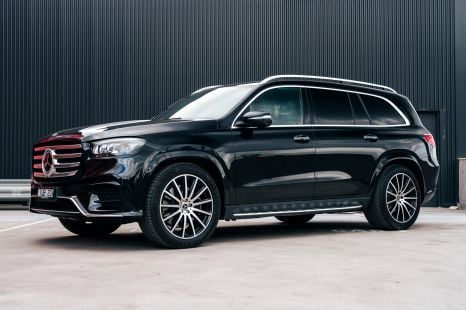

James Wong
4 Days Ago


Matt Campbell
3 Days Ago
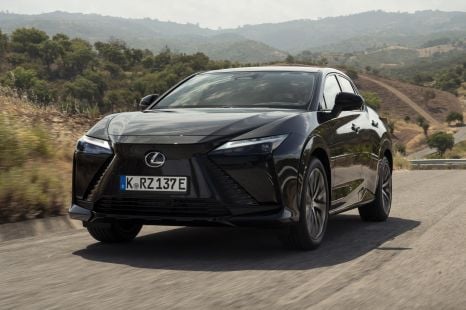

Matt Robinson
1 Day Ago
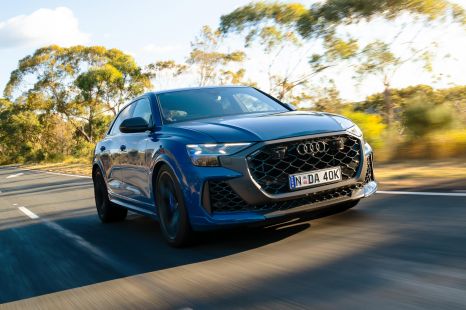

James Wong
5 Hours Ago


James Wong
5 Hours Ago